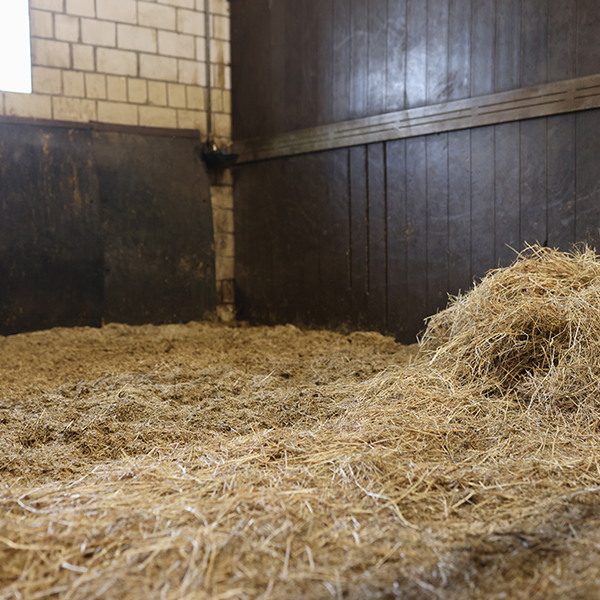Extreme weather conditions like freezing temperatures and sleet, ice and snow can cause discomfort to our equine friends. One of the key factors in ensuring that your horses remain warm and healthy during the winter season, especially during inclement weather, is to provide proper stall bedding while horses are stalled.
The Importance of Stall Bedding
Stall bedding is pivotal in ensuring that your horse’s stall is warm, dry, and comfortable. Since horses spend more of their time in their stalls during winter months, it is vital that they have proper bedding to prevent illness and lameness issues. Stall bedding helps absorb urine and manure, preventing respiratory, hoof, and skin irritations and infections. It reduces ammonia smells and minimizes flies and other pests that can pose health hazards to your horses.
Types of Stall Bedding Best for Horses
There are various types of stall bedding available, including straw, shavings, sawdust, and wood pellets. Straw is inexpensive and readily available; however, it doesn’t absorb liquids well and can be challenging to spread. If straw is a bedding that works well with your budget consider investing in stall matts for additional cushion for your horses. Stall matts can help wet patches dry more easily and cut down on strong ammonia smells in your barn.
Shavings are easy to use and absorb urine effectively; they also last longer. Sawdust is cheaper than shavings and is also absorbent, but it can cause respiratory problems due to excess amounts of dust. If you plan to use sawdust make sure your barn is well ventilated. Wood pellets are cost-effective and highly absorbent, but they require water to expand. Additionally, they can be harder to store than other types.
When choosing the right bedding for your horse’s stall, the following factors should be taken into consideration: budget, absorbency, comfort, and sustainability. Choose a bedding that is absorbent that can soak up urine and manure to keep the stall dry and odor-free. Choose a bedding that is comfortable enough to cushion your horse’s legs and prevent hock sores or other injuries. Consider a bedding that is sustainable and that can be disposed of easily and cost-effectively.
Managing stalls throughout the winter:
To maintain proper stall bedding during extreme winter weather events, ensure that the stalls are cleaned regularly. It is beneficial to invest in stall moisture management products like lime or Sweet PDZ to help minimize wet patches from excess urine that creates strong ammonia smells and bacteria. Change the bedding frequently to prevent the overgrowth of bacteria and fungi that can cause infections. Additionally, ensure that the stalls have enough ventilation to reduce ammonia buildup and excess dust.
In conclusion, winter is a challenging time of year for our horses, owners and barn managers. Proper stall bedding is vital to keeping horses comfortable and healthy during the winter season. Finding the best stall bedding depends on budget, personal preference, storage, and ventilation. Whether considering straw, shavings, sawdust or pellets investing in proper bedding will help keep horses healthy and warm on the coldest days and nights of the year.










